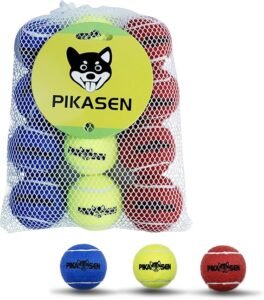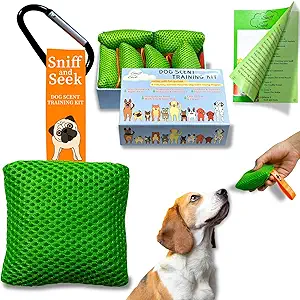Working Breeds
Tonya Tate Saint Bernard: Oldest

The Remarkable Bond Between Tonya Tate and Her Saint Bernard
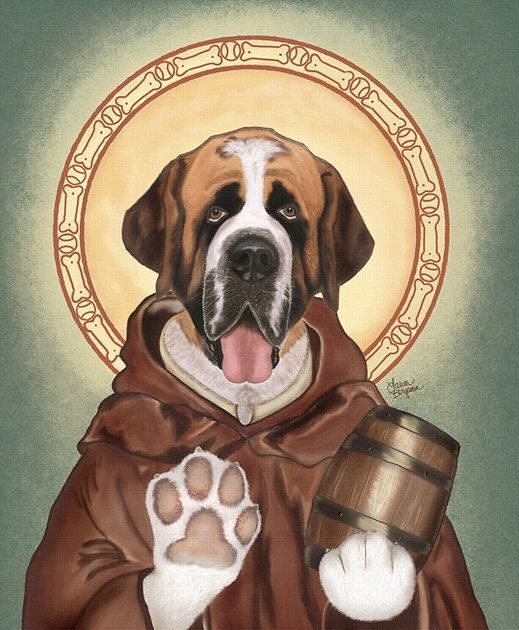
tonya tate saint bernard: When we think of iconic duos, images of Lassie and Timmy or Snoopy and Charlie Brown may come to mind. However, in the modern era, the heartwarming story of Tonya Tate and her beloved Saint Bernard is quickly becoming a tale that resonates with dog lovers worldwide.
For more information regarding 4 seasonal cxcercieses of all dog breeds recommended by the doctors and experts,you can visit our youtube channel:
https://www.youtube.com/@Dogsreaders
Who Is Tonya Tate?
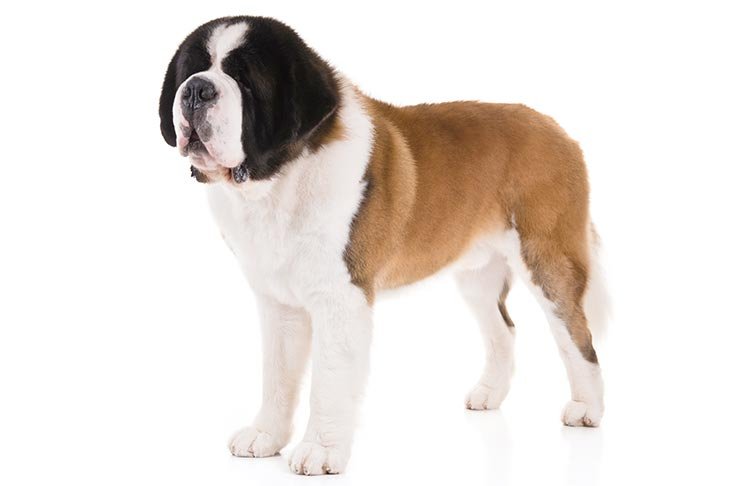
Tonya Tate is a renowned animal trainer, dog enthusiast, and advocate for ethical pet ownership. Based in the picturesque landscapes of Vermont, Tonya has spent over two decades working with animals, particularly large dog breeds. Her expertise lies in training working dogs, emphasizing their innate skills while fostering a deep connection between pets and their owners.
Beyond her professional accolades, Tonya is also an active philanthropist, working closely with rescue organizations to rehabilitate and rehome abandoned dogs. Her work has earned her numerous awards and recognition in the pet care and animal advocacy communities.
Meet the Saint Bernard
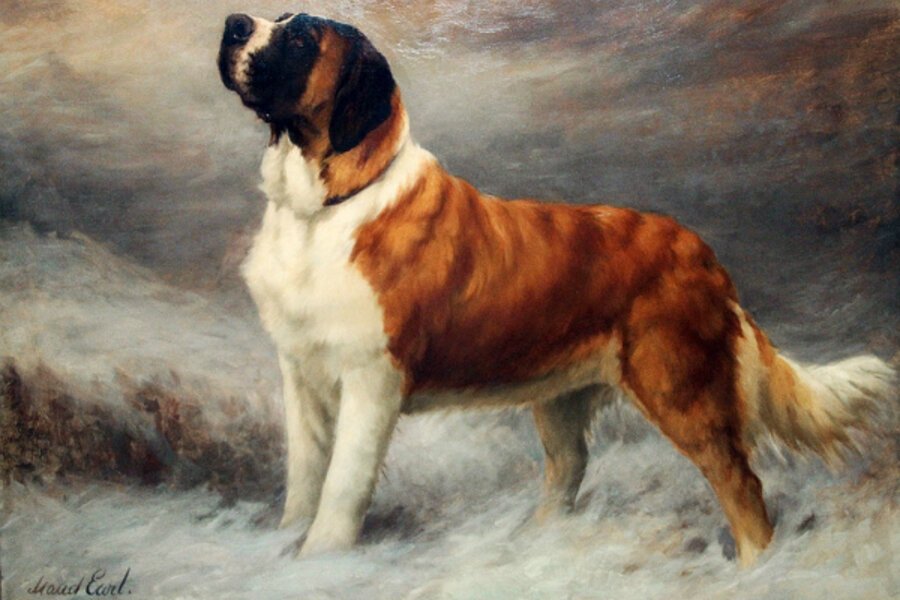
Tonya’s Saint Bernard, affectionately named Bernie, is no ordinary dog. Bernie is a four-year-old gentle giant with a heart as big as his massive frame. Known for his soulful brown eyes and calm demeanor, Bernie quickly became an internet sensation after Tonya started sharing their adventures on social media.
Saint Bernards are a breed steeped in history, originally bred by monks in the Swiss Alps to serve as rescue dogs. Their strength, loyalty, and keen sense of direction made them invaluable in saving lives during snowstorms and avalanches. Bernie embodies all these traits and more, serving as both Tonya’s loyal companion and a shining example of the breed’s intelligence and temperament.
A Day in the Life of Tonya and Bernie

Tonya’s day starts early, often before sunrise, as Bernie’s massive appetite requires a carefully balanced diet. Saint Bernards, known for their large size, need nutrient-rich meals to maintain their health and energy. Bernie’s breakfast usually includes lean proteins, whole grains, and supplements tailored for joint health—a must for larger breeds.
The pair then head out for their morning routine, which includes a brisk walk along Vermont’s scenic trails. Despite his size, Bernie is surprisingly agile and enjoys exploring the outdoors. Tonya uses these walks as an opportunity to reinforce training commands and strengthen their bond.
Afternoons are dedicated to training sessions and community outreach. Tonya often takes Bernie to schools, nursing homes, and therapy centers, where his calm presence brings comfort to those in need. Bernie’s natural intuition makes him an excellent therapy dog, capable of sensing when someone is anxious or upset.
Challenges of Owning a Saint Bernard
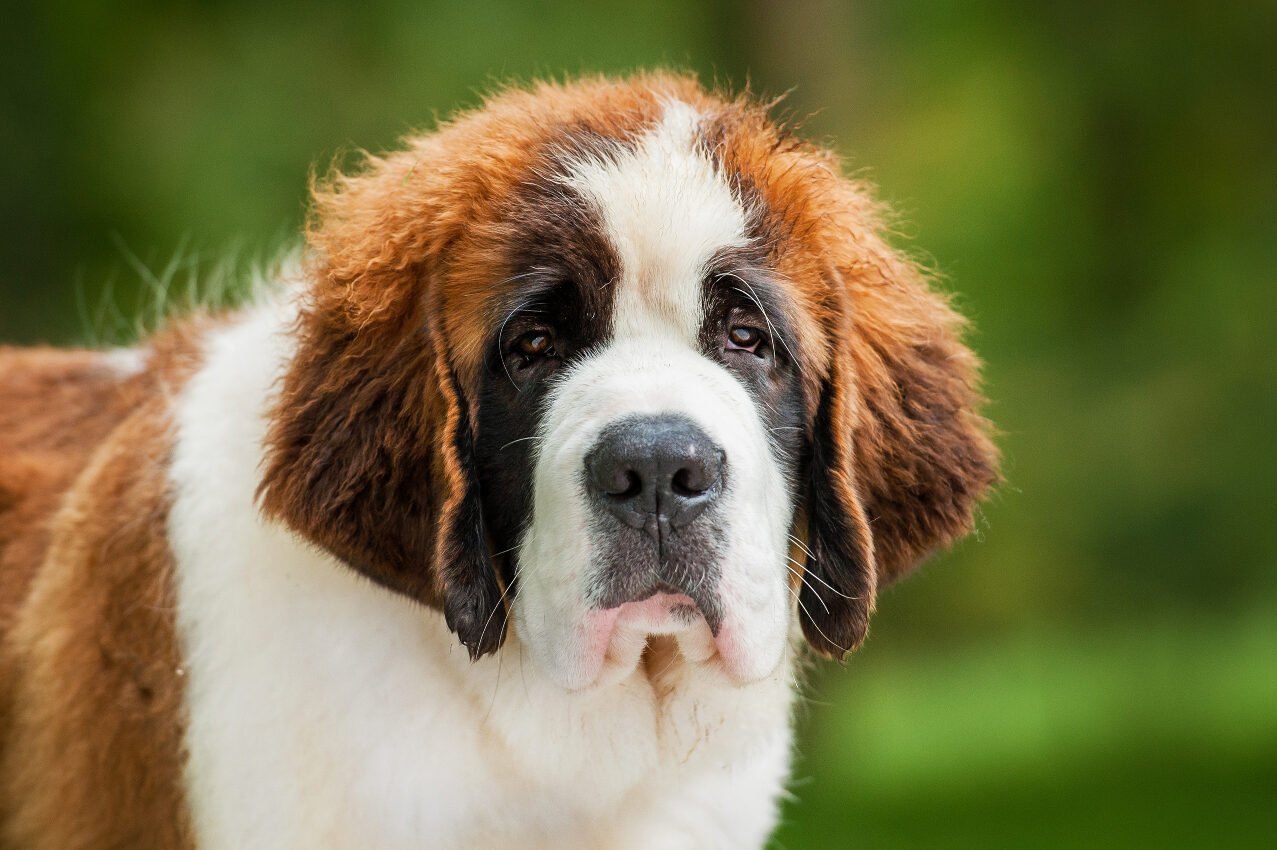
While Bernie is the picture of perfection, Tonya is transparent about the challenges of owning such a large breed. Saint Bernards require significant space to move around comfortably, and their shedding can be overwhelming for some. Additionally, their short lifespan, typically 8-10 years, can be emotionally challenging for owners who grow deeply attached to their pets.
Tonya also emphasizes the importance of regular veterinary care. Larger breeds are prone to health issues such as hip dysplasia and bloat, and preventative care is crucial to ensuring their well-being.
Lessons from Tonya and Bernie

Tonya’s journey with Bernie is a testament to the profound bond between humans and dogs. She often shares insights on responsible pet ownership, reminding prospective dog owners to research breeds thoroughly before bringing a pet into their homes.
Saint Bernards, for all their wonderful qualities, are not suitable for everyone. Their size, dietary needs, and grooming requirements demand a dedicated and prepared owner. However, as Tonya and Bernie demonstrate, the rewards of sharing your life with a Saint Bernard far outweigh the challenges.
Final Thoughts

Tonya Tate and her Saint Bernard Bernie are a modern-day example of loyalty, love, and dedication. Their story inspires dog enthusiasts worldwide, showcasing the beauty of large breeds and the incredible impact they can have on people’s lives. Whether through training, therapy work, or simply enjoying each other’s company, Tonya and Bernie prove that some bonds are truly unbreakable.
If you’re considering adding a Saint Bernard to your family, take a page from Tonya Tate’s book: be prepared, be patient, and above all, be loving.
Genetic Introduction of the Saint Bernard Breed
The Saint Bernard is a large working dog breed with its origins rooted in the Western Alps, specifically bred by monks at the Great St. Bernard Pass in Switzerland and Italy. Their genetic lineage can be traced back to Molosser-type dogs brought by Roman soldiers, which were later crossed with native Alpine breeds. Over centuries, selective breeding focused on traits like size, strength, and a gentle temperament to assist with rescue work and companionship.
Genetic Characteristics
Dominant Traits:
Large size, dense coat (either smooth or rough), droopy jowls, and a broad skull.
Recessive Traits:
Varied coat colors and patterns (red and white, mahogany, brindle).
Health Markers:
Prone to hip dysplasia, elbow dysplasia, and certain cardiac issues due to genetic predisposition.
Behavioral Genetics:
Strong sense of smell and tracking abilities inherited from Molosser ancestors.
Genetic Tables of the Saint Bernard

| Trait | Dominant Gene | Recessive Gene | Description |
|---|---|---|---|
| Coat Type | Smooth | Rough | Smooth coat lies flat; rough coat is denser. |
| Coat Color | Red and White | Brindle | Typically bi-colored; rare brindle patterns. |
| Size | Large | Medium | Average adult weight exceeds 140 pounds. |
| Temperament | Gentle | Aggressive | Known for a calm, family-friendly nature. |
| Snout Length | Short | Long | Broad and short snout aids in breathing. |
| Health Markers | Dysplasia-free | Dysplasia-prone | Tendency for hip/elbow issues in recessive genes |
Weight and Height Chart
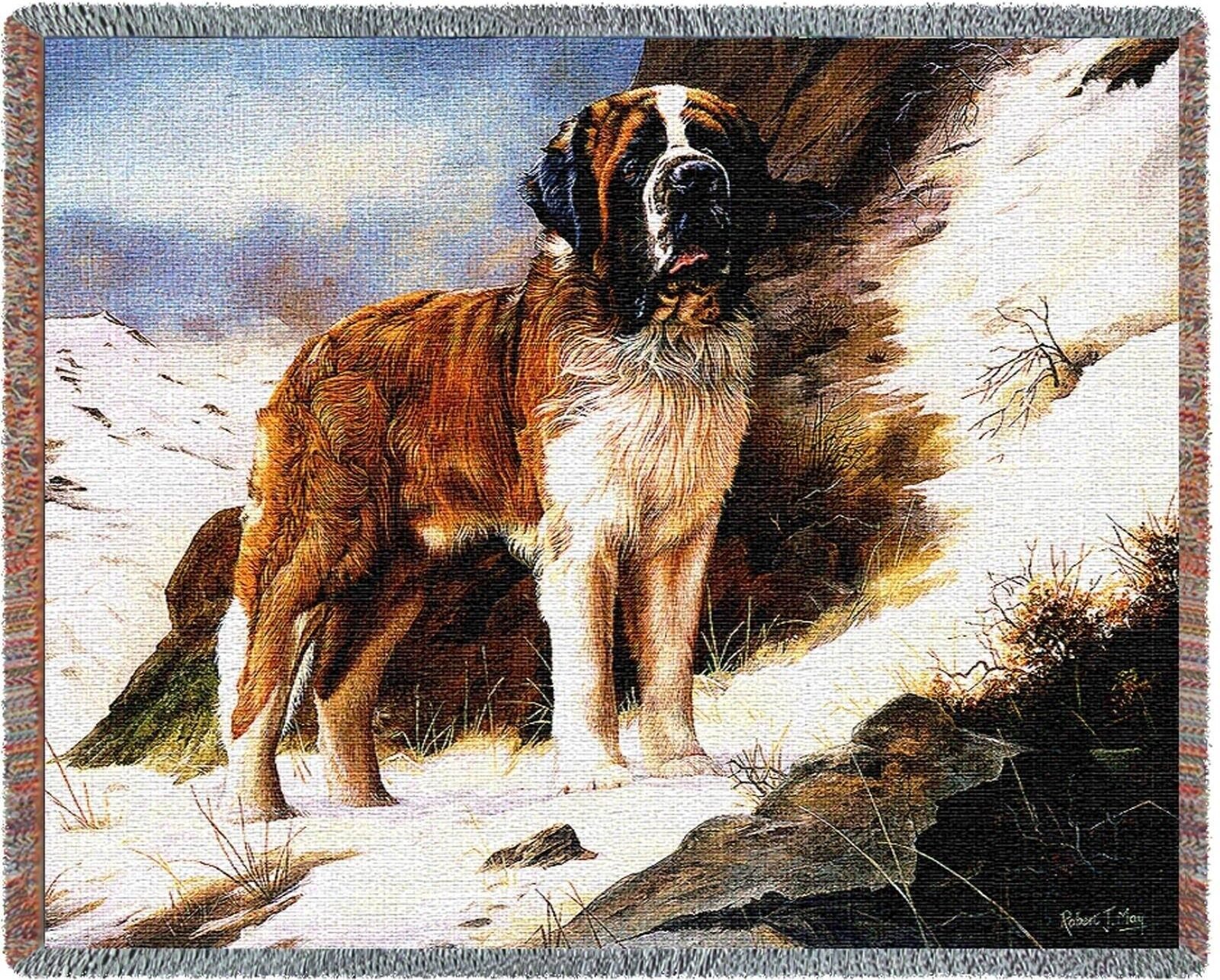
| Age | Average Weight (lbs) | Average Height (cm) |
| 3 Months | 35-50 | 30-38 |
| 6 Months | 85-100 | 50-60 |
| 1 Year | 120-140 | 65-75 |
| Adult | 140-180 (Male) | 70-90 |
| (Female) | 120-140 (Female) | 65-80 |
Biological Life Span Tables and Description

The average lifespan of a Saint Bernard ranges between 8-10 years, influenced by genetics, diet, and healthcare.
| Life Stage | Age Range | Key Biological Changes |
| Puppyhood | 0-1 Year | Rapid growth, teething, early socialization. |
| Adolescence | 1-2 Years | Muscle and skeletal development stabilize. |
| Adulthood | 2-6 Years | Peak health and activity levels. |
| Senior Years | 7-10 Years | Joint stiffness, slower metabolism, aging signs. |
| Geriatric | 10+ Years | Reduced mobility, increased medical needs. |
Detailed Description and Statistics of the Breed
- Origin: Switzerland, Italy
- Purpose: Rescue and working dog.
- Coat: Dense, smooth or rough.
- Color: Red and white, mahogany, brindle patterns.
- Temperament: Loyal, gentle, intelligent, protective.
- Health Concerns: Hip/elbow dysplasia, bloat, cardiac issues.
- Activity Level: Moderate; requires daily walks and mental stimulation.
- Grooming Needs: High due to shedding and large size.
- Training: Responds well to positive reinforcement.
Recommended Books
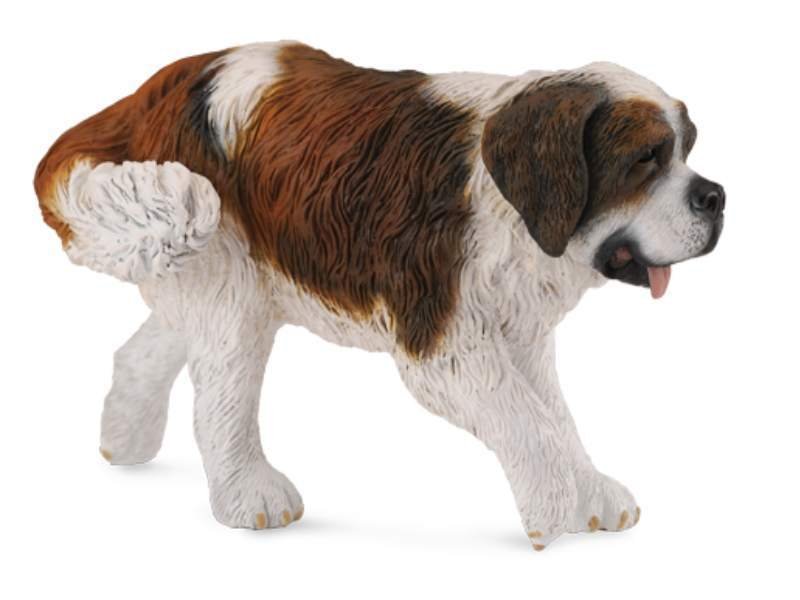
The Saint Bernard Handbook by Linda Whitwam
Saint Bernard: Gentle Giants by Michael Stonewood
The Complete Guide to Saint Bernards by Erin Hotovy
Big Dog Breeds: Care and Training by Barbara Jenkins
Working Dogs and Their Roles in History by Peter Dennis
Detailed FAQs
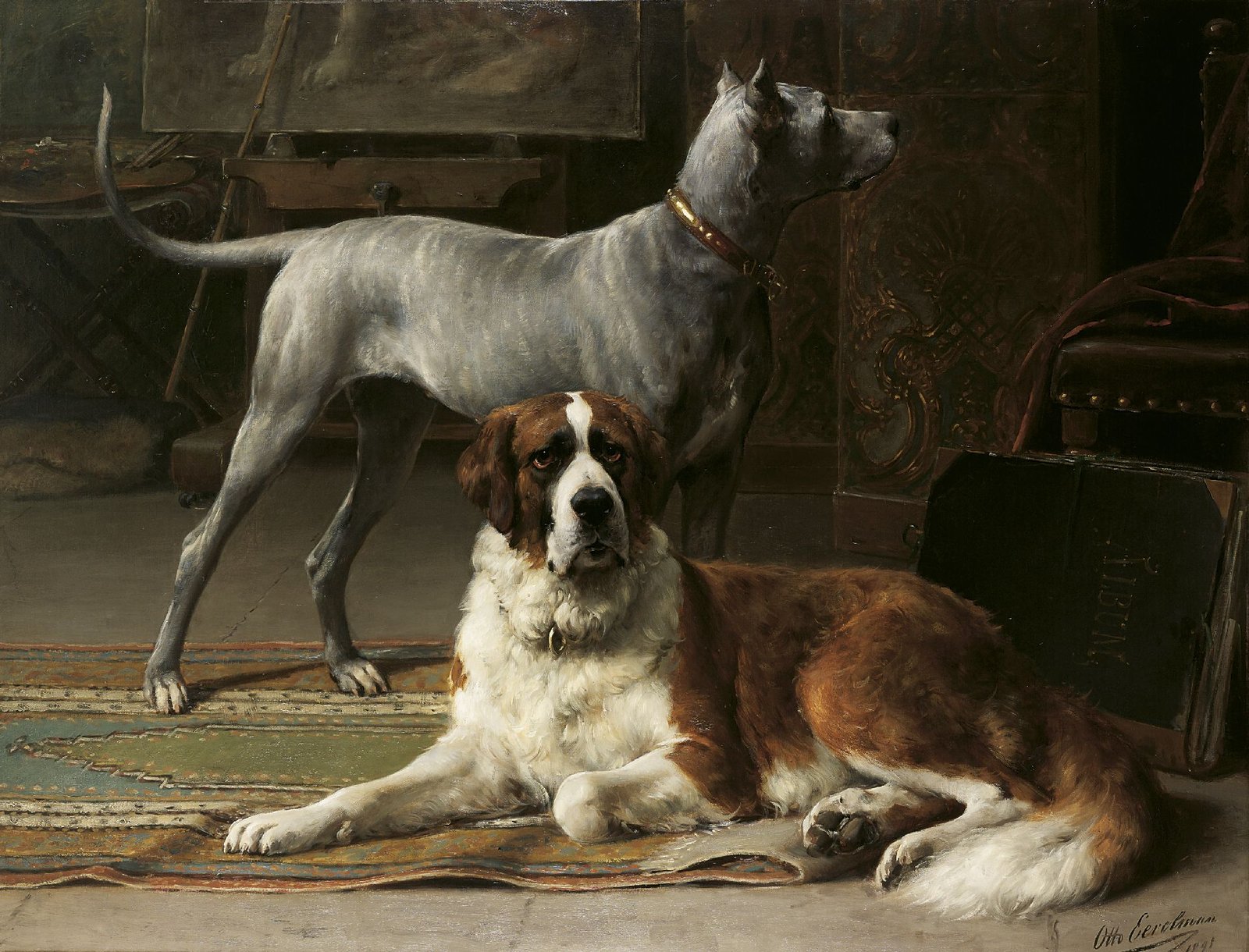
1. Are Saint Bernards good family pets?
Yes, they are gentle, loyal, and great with children. However, their large size requires careful supervision around small kids.
2. How much exercise does a Saint Bernard need?
They require moderate daily exercise, such as a 30-45 minute walk, to stay healthy and mentally stimulated.
3. Are Saint Bernards easy to train?
Yes, they are intelligent and eager to please, but early training and socialization are essential due to their size.
4. What are the common health issues?
Saint Bernards are prone to hip and elbow dysplasia, bloat, and heart conditions. Regular vet checkups are crucial.
5. How much do they eat?
Adult Saint Bernards consume 6-10 cups of high-quality dog food daily, depending on their activity level and size.
Detailed Latest Research Summary
Recent research into Saint Bernard genetics has focused on reducing health risks associated with large breeds:
Canine Hip Dysplasia Study (2023):
Advances in genetic screening are helping breeders identify and reduce dysplasia-prone litters.
Longevity Research (2022):
Studies indicate that a balanced diet and maintaining a healthy weight can extend their lifespan by up to 2 years.
Behavioral Genetics (2024):
Research highlights the importance of early socialization to mitigate anxiety and aggression in working breeds.
Cardiac Health (2023):
Genetic markers for dilated cardiomyopathy (DCM) are being mapped to aid in early detection and treatment.
Working Breeds
German Shepherd Unleashed: The Ultimate Guide to the World’s Most Versatile Dog

Introduction: More Than Just a Dog


German Shepherd Unleashed: The German Shepherd is not just a breed—it’s a legend. Whether it’s guarding homes, leading military missions, assisting the disabled, or starring in Hollywood films, the German Shepherd wears many hats. With a brilliant mind, noble stature, and unwavering loyalty, this breed is considered the gold standard among working dogs. In this all-encompassing guide, we’ll explore everything there is to know about this remarkable breed.
The Birth of a Legend: History and Origin
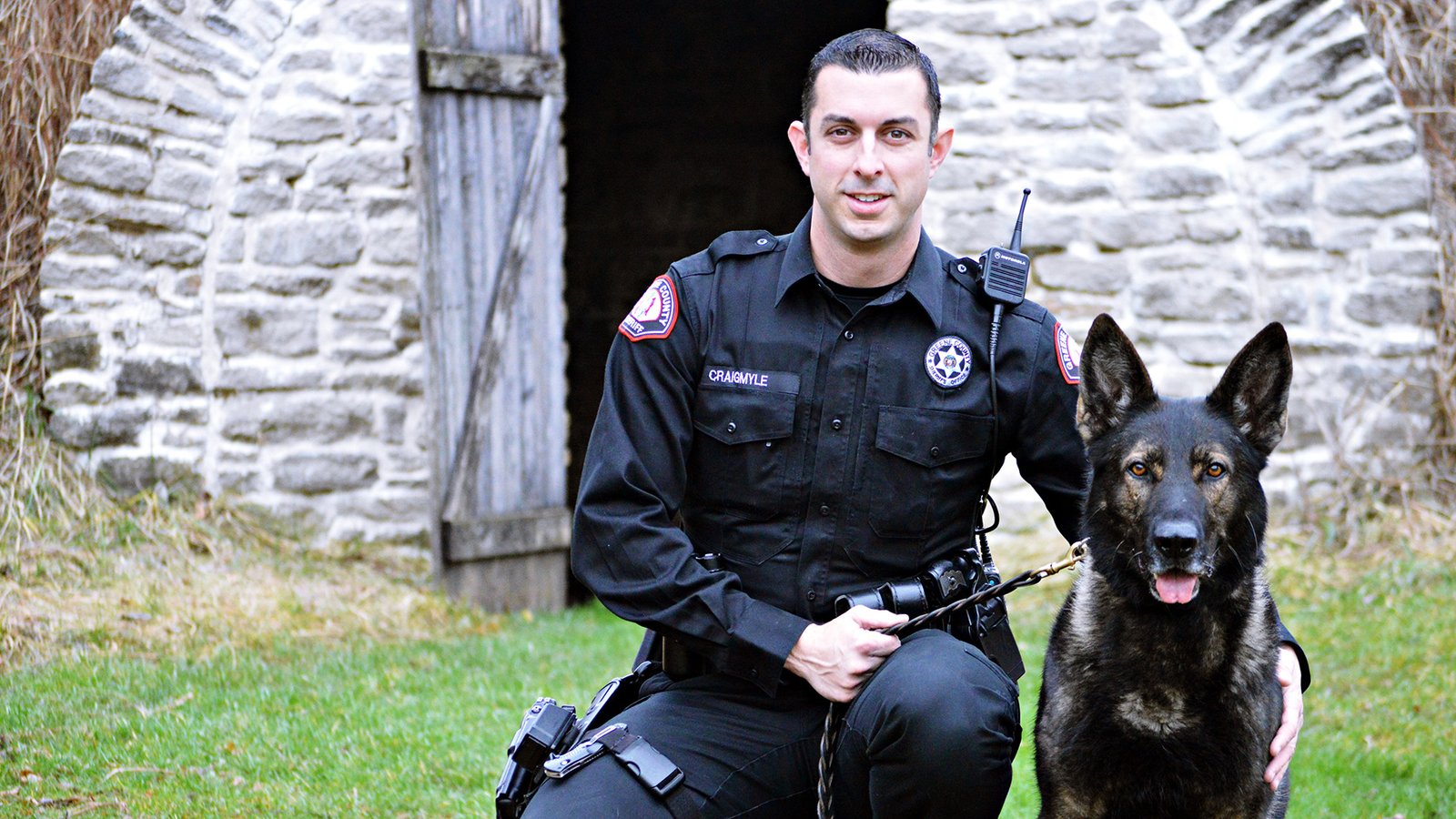
The German Shepherd was developed in the late 19th century by Captain Max von Stephanitz in Germany. Originally bred for herding and guarding sheep, von Stephanitz believed a dog’s value should lie in its utility and intelligence, not just its appearance. He found his ideal specimen in a dog named Horand von Grafrath, who became the first officially registered German Shepherd.
As industrialization reduced the need for herding dogs, von Stephanitz pushed for the breed’s use in police, military, and protection roles. The German Shepherd’s intelligence, trainability, and strong work ethic made it a natural fit.
By the early 20th century, German Shepherds were gaining worldwide fame, especially after their appearances in films like Rin Tin Tin and Strongheart. Despite anti-German sentiments during World Wars, the breed retained global admiration, sometimes marketed as the “Alsatian” in parts of Europe.
Breed Standard and Physical Traits

Height:
-
Males: 24–26 inches
-
Females: 22–24 inches
Weight:
-
Males: 65–90 lbs
-
Females: 50–70 lbs
Coat:
Double coat, dense and weather-resistant. Can be medium or long.
Common Colors of German Shepherd
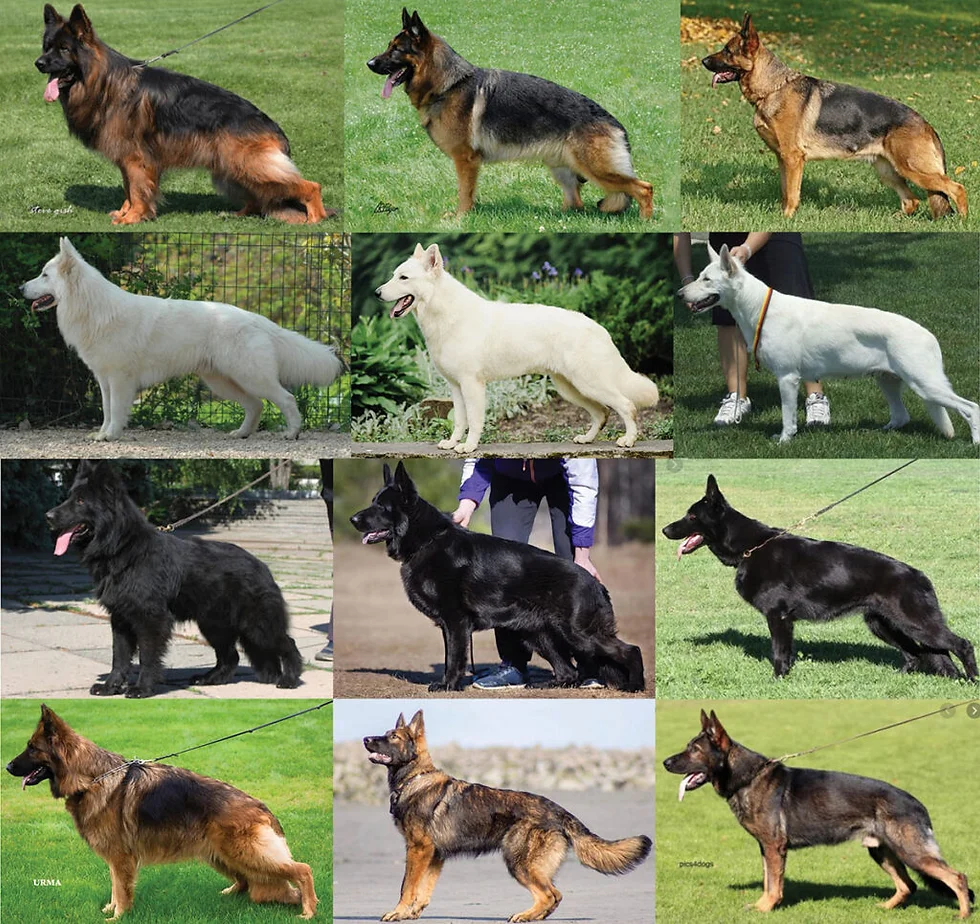
-
Black and tan (classic)
-
Black and red
-
Sable
-
Solid black
-
Bi-color
-
White (not accepted in all standards)
Build:
Athletic, muscular, and well-proportioned with a noble, alert posture.
Breed Standard Note:
The German Shepherd should display confidence, courage, and a willingness to serve. Movement should be smooth and effortless with strong rear propulsion.
Temperament: Loyalty Woven with Intelligence

The German Shepherd is highly intelligent, confident, courageous, and deeply loyal. They are:
-
Protective without being aggressive
-
Alert and responsive
-
Obedient and eager to work
-
Emotionally intuitive and affectionate with family
They require early socialization and firm, consistent training to thrive.
Abilities and Capacities: Built to Serve

German Shepherds are canine multitools, capable of excelling in roles that demand intelligence, strength, and agility:
1. Police & Military Work
Used worldwide in bomb detection, search-and-rescue, and tactical support.
2. Service Dogs
Highly dependable for guiding the visually impaired, alerting diabetics, and supporting PTSD patients.
3. Protection and Guarding
Exceptional at property protection and personal defense without being overly aggressive.
4. Search & Rescue
Their endurance and keen nose make them elite SAR dogs in natural disasters and crises.
5. Competitive Sports
Excel in agility, Schutzhund, obedience, herding, and tracking trials.
6. Acting & Media
From Rin Tin Tin to modern film roles, they shine on camera with expressive behavior and discipline.
Intelligence and Trainability

Ranked – 3 in intelligence by Dr. Stanley Coren, German Shepherds can learn new commands in less than five repetitions. Their ability to understand human emotion and solve problems makes them ideal in dynamic working environments.
Best Training Methods:
-
Positive reinforcement
-
Consistent routines
-
Mental challenges and puzzles
-
Early socialization
-
Purpose-driven exercises (they love having a job!)
Exercise and Mental Stimulation Needs
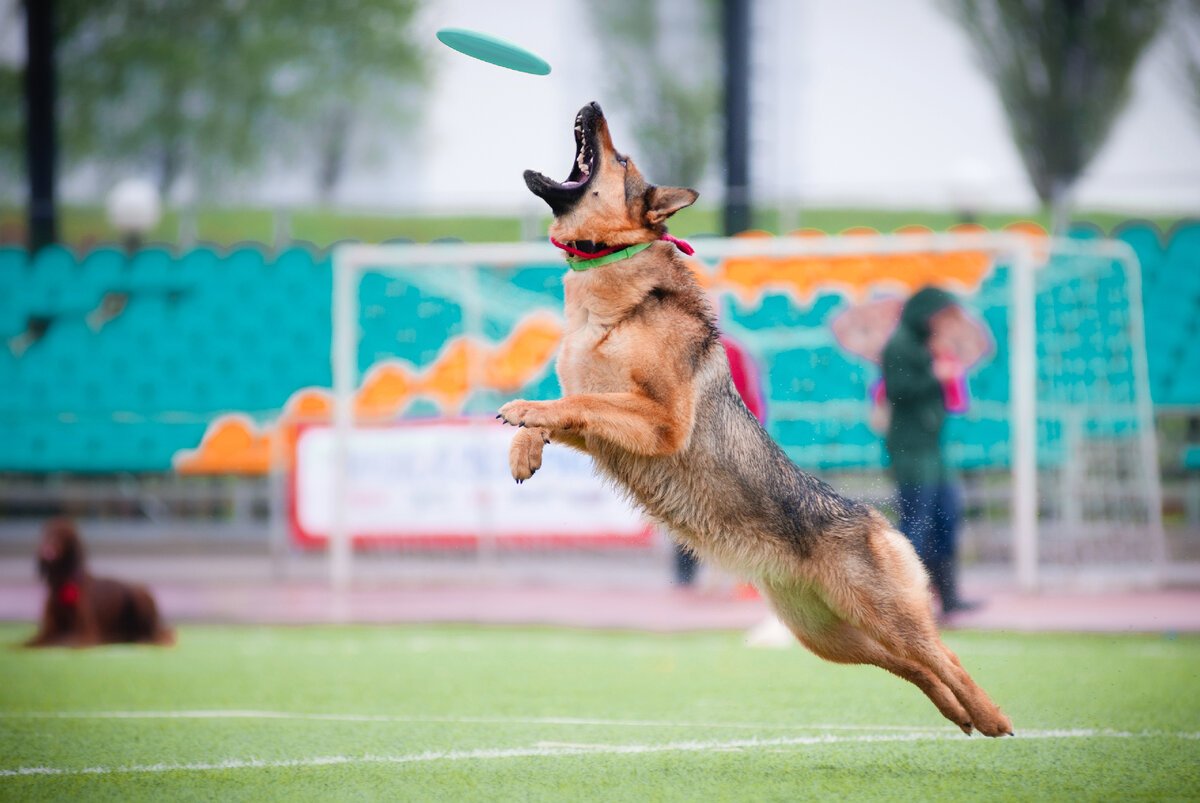
Daily Requirements:
-
1.5 to 2 hours of exercise
-
Mental games like hide-and-seek or scent work
-
Agility training or advanced obedience drills
Without proper outlets, boredom can lead to behavioral issues such as chewing, barking, or digging.
Health and Lifespan
Average Lifespan: 9–13 years
Common Health Issues:
-
Hip & elbow dysplasia
-
Degenerative Myelopathy
-
Gastric Dilatation-Volvulus (bloat)
-
Allergies and skin issues
-
Epilepsy
Preventive Care Tips:
-
Regular vet checkups
-
Maintain healthy weight
-
Joint supplements (glucosamine, chondroitin)
-
Avoid over-exercising during puppy growth stages
Feeding and Nutrition

Ideal Diet:
-
High-protein, moderate-fat content
-
Joint-supporting nutrients (omega-3s, turmeric, bone broth)
-
Fresh veggies, lean meats, and fortified kibble
Avoid feeding too many grains or fillers. Puppies need calcium for proper bone growth, but excess should be avoided.
Grooming Needs

-
Brushing: 3–4 times/week (daily during shedding)
-
Bathing: Every 6–8 weeks
-
Nail trimming: Monthly
-
Ear cleaning: Weekly
-
Shedding Level: High—this breed is often called the “German Shedder”
German Shepherd with Families

They are wonderful family companions when raised with proper training and socialization. They’re loyal, protective, and bond deeply with children. Early exposure to various sights, sounds, people, and animals is key to developing a well-rounded GSD.
Who Should Own a German Shepherd?
Ideal for:
-
Active individuals or families
-
Experienced dog owners
-
People interested in dog sports, protection, or service roles
Not ideal for:
-
Sedentary households
-
First-time dog owners without training commitment
-
Owners with limited time for exercise and stimulation
Fun Facts You May Not Know
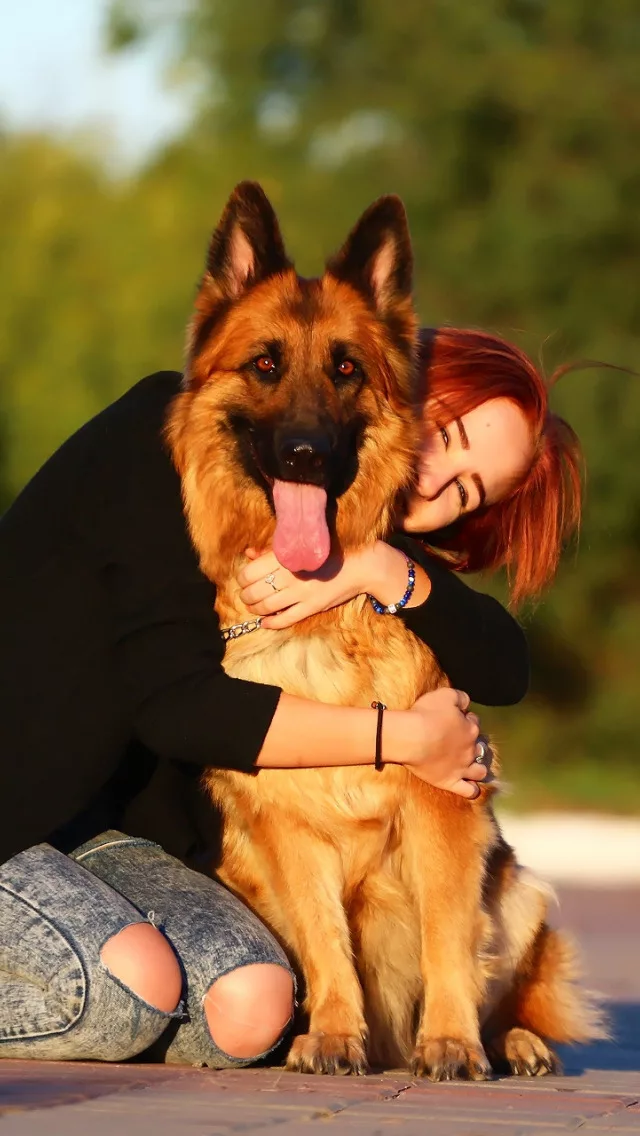
-
A German Shepherd named Filax of Lewanno was honored in WWI for leading 54 wounded soldiers to safety.
-
German Shepherds are trained in over 10 different languages worldwide.
-
President John F. Kennedy had a GSD named Clipper.
-
They can remember commands and tasks for year seven after not performing them for a long time.
Closing Statement : The Dog That Can Do It All
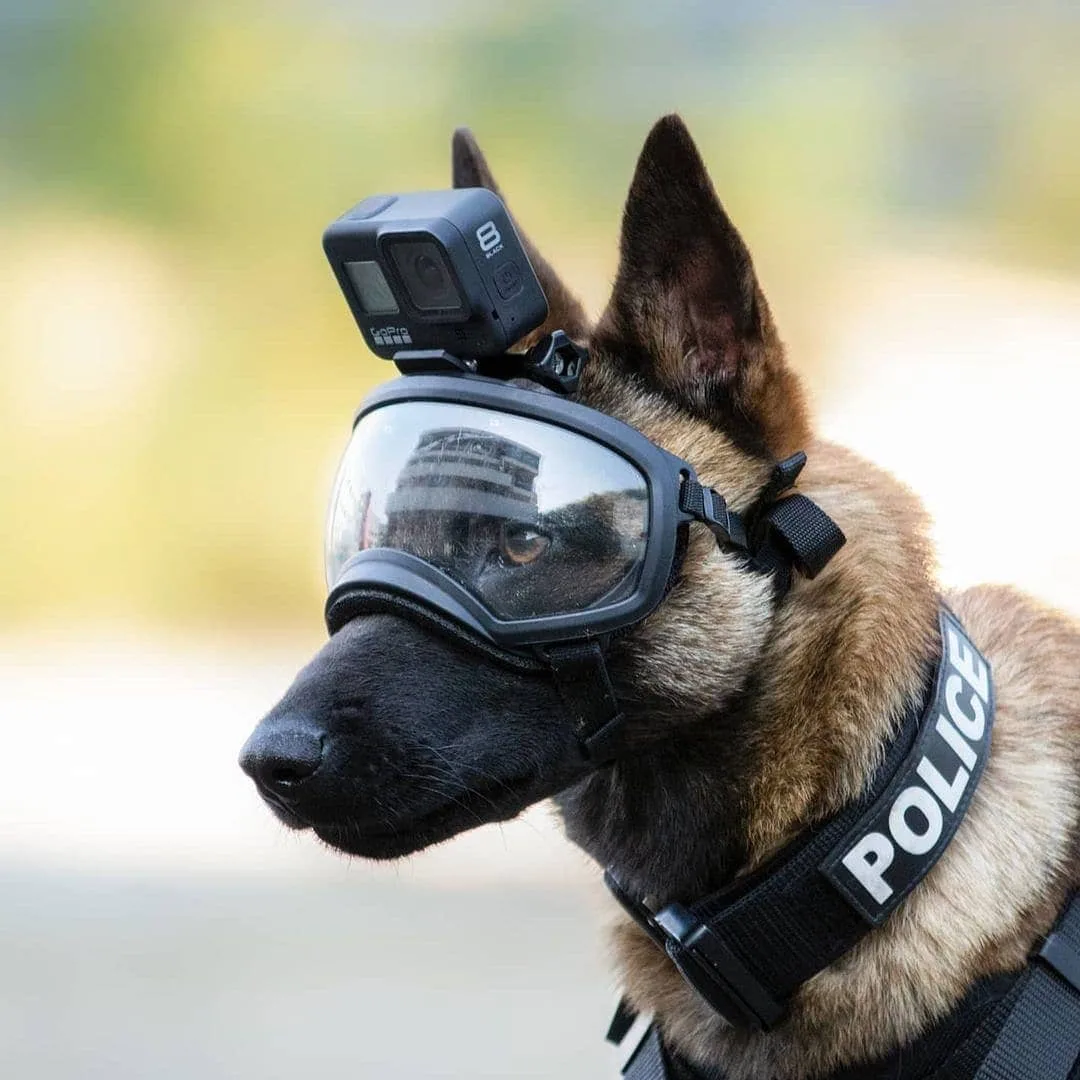
From the sheep pastures of 19th-century Germany to the front lines of modern police forces, the German Shepherd has proven itself time and again as the most versatile, intelligent, and loyal dog breed in the world. Whether you’re a potential owner, a dog enthusiast, or someone fascinated by canine abilities, the German Shepherd deserves your admiration.
If you’ve read this far, you now know everything you need to about this extraordinary breed. And if you’re still considering bringing one into your life a know that you’ll be gaining not just a pet, but a true partner.
Want more dog wisdom? Follow DogsReader on Facebook and Instagram. Visit www.dogsreader.com for expert care, breed encyclopedias, training guides, and real stories from dog lovers around the globe.
Working Breeds
Mental Games for Dogs: Brain Boosting Activities by Age & Breed Type

Introduction: Why Mental Stimulation is Essential for Dogs
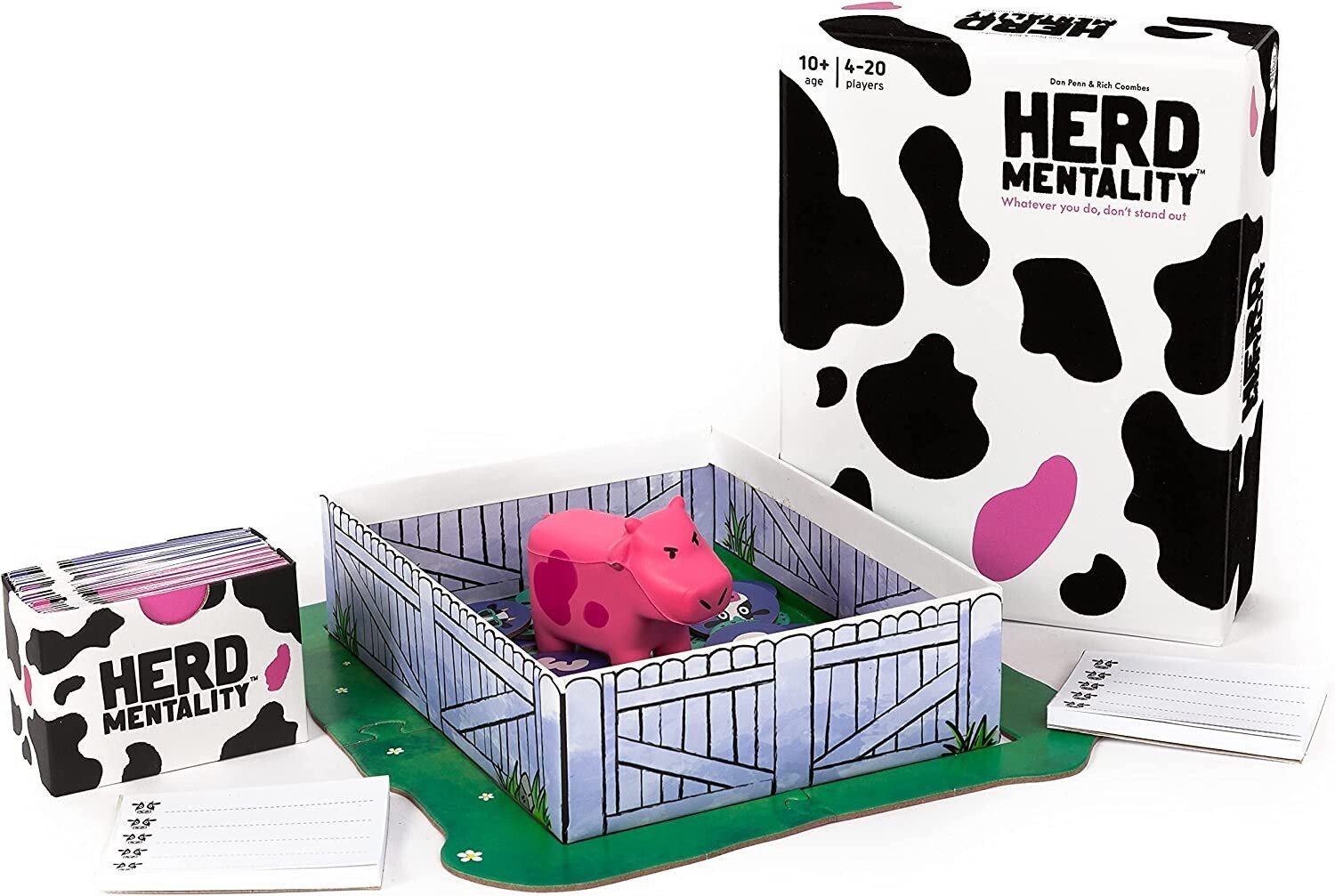
Mental Games for Dogs: Just like humans, dogs need mental stimulation to stay sharp, happy, and well-behaved. While daily walks and physical exercise are important, mental workouts play an equally vital role in preventing boredom, anxiety, and behavioral issues. Whether you have a playful puppy, a working breed with boundless energy, or a senior dog needing gentle challenges, there’s a brain-boosting activity tailored to every canine.
In this comprehensive guide, we’ll explore the best mental games by age group and breed type, ensuring every dog gets the stimulation they crave.
Puppies (8 Weeks – 6 Months)

🧠 What They Need:
Basic problem-solving, sensory development, and bonding.
✅ Top Mental Games:
-
Name That Toy: Teach the names of different toys by repetition and reward.
-
Mini Puzzle Feeders: Use soft, puppy-safe feeders to challenge food retrieval.
-
Towel Treat Roll: Hide treats inside a rolled towel and let them sniff and unroll it.
-
Follow the Leader: Teach basic commands and reward when they follow correctly.
-
Hide and Seek: Hide behind furniture and call their name to promote recall and excitement.
🕒 Session Time: 5–10 minutes per game (2–3 times a day)
Adult Dogs (7 Months – 7 Years)

🧠 What They Need:
Skill building, daily mental stimulation, and cognitive enrichment.
✅ Top Mental Games:
-
Shell Game: Hide a treat under one of three cups and shuffle them.
-
Interactive Toys: Invest in smart dog toys that respond to actions.
-
Find the Object: Hide their favorite toy and let them search.
-
Command Challenges: Mix known and new commands rapidly to test their memory.
-
Obstacle Courses: Use cushions, cones, or boxes to create a mini agility circuit indoors.
🕒 Session Time: 15–30 minutes per game (once or twice a day)
Senior Dogs (8+ Years)

🧠 What They Need:
Memory support, low-impact games, and calming engagement.
✅ Top Mental Games:
-
Gentle Nose Work: Place strong-scented treats around the room for easy searching.
-
Slow Puzzle Toys: Use larger, easy-to-navigate feeders.
-
Memory Recall: Practice commands learned in earlier years.
-
Scent Trail: Drag a treat along the floor and let them track it slowly.
-
Soft Hide & Seek: Hide plush toys or lightly cover items with blankets.
🕒 Session Time: 5–15 minutes per game (once daily or every other day)
Quick DIY Game Ideas for Every Home

| Game | Materials Needed | Best For |
|---|---|---|
| Muffin Tin Puzzle | Muffin tin,
|
Small & Medium Breeds |
| Sock Snuffle | Old sock,
|
Puppies & Seniors |
| Agility ladder | Agility ladder | Working & Large Breeds |
| Toy Box Memory | Multiple toys, names, and commands | Adult Dogs |
| Scent Trail | Treats, string trail or dotted scent | Hound Breeds |
By Breed Type: Targeted Mental Stimulation
🐶 Small Breeds (Chihuahua, Pomeranian, Shih Tzu, etc.)
Small dogs often love puzzles but tire quickly.
-
Toy Name Training
-
Mini Treat Mazes
-
Snuffle Mats
🕒 Time: 10–15 minutes/day
🐕 Medium Breeds (Beagle, Cocker Spaniel, Border Collie)
Highly intelligent and driven, especially in scent and chase.
-
Scent Games
-
Find-the-Human
-
Agility Jumps (Low Height)
🕒 Time: 20–30 minutes/day
🐕🦺 Large Breeds (Labrador, German Shepherd, Golden Retriever)
They thrive on interactive challenges and learning roles.
-
Fetch + Obedience Combos
-
Interactive Memory Toys
-
Command + Reward Cycles
🕒 Time: 30–40 minutes/day
🦮 Giant Breeds (Great Dane, Mastiff, Saint Bernard)
Prefer slow-paced, gentle games due to joint care.
-
Tracking Scent Trails
-
Kong-Filled Treat Discovery
-
Low Impact Puzzle Boards
🕒 Time: 15–20 minutes/day
🚨 Working Dogs (Doberman, Husky, Rottweiler, Belgian Malinois)
Need daily jobs or tasks to prevent restlessness.
-
Job Commands (Guard, Fetch Keys, Bring Remote)
-
Search + Rescue Simulations
-
Object Identification Challenges
🕒 Time: 45–60 minutes/day
🧭 Hound Breeds (Basset, Bloodhound, Beagle)
Excellent trackers that enjoy scent-heavy games.
-
Advanced Sniffing Games
-
Scent Mapping on Grass
-
Treasure Hunts
🕒 Time: 30 minutes/day
🐾 Terrier Breeds (Jack Russell, Westie, Bull Terrier)
Energetic and curious—mental stimulation helps avoid destructiveness.
-
Burrow Boxes (Hidden Toys in Soft Boxes)
-
Mini Digging Zones (in blankets or safe materials)
-
Problem Solving Games (Puzzle toys)
🕒 Time: 25–30 minutes/day
Mental Exercise Safety Tips
- Always supervise your dog, especially with puzzle toys.
- Keep sessions short and fun.
- End on a positive note—never punish for confusion.
- Rotate games weekly to avoid boredom.
- Adjust games as your dog ages or develops new needs.
Final Thoughts: Sharpen Their Minds, Strengthen Your Bond
Mental games don’t just tire your dog—they fulfill their instincts, challenge their minds, and build stronger trust with you. Whether you have a toy-sized pup or a powerful working dog, adding a few mental challenges each day makes all the difference.
DogsReader is your trusted partner in building a smarter, happier, and healthier life for your dog. 💡🐶
FAQs
Q1: Are mental games better than physical exercise?
A: Both are essential! Mental games complement physical activity and reduce anxiety and boredom.
Q2: Can senior dogs learn new games?
A: Absolutely! Gentle mental games help preserve memory and cognitive function.
Q3: How often should I change the mental games?
A: Weekly variation is great! Dogs get bored with repetition just like humans do.
Q4: What if my dog isn’t interested in puzzle toys?
A: Start easy and use high-value treats. Gradually increase difficulty over time.
Q5: Can I create my own mental games?
A: Yes! Dogs love novelty. Be creative with safe, dog-friendly household items.
Working Breeds
Brittany Dog: Breed Types By Countries

A Comprehensive Guide
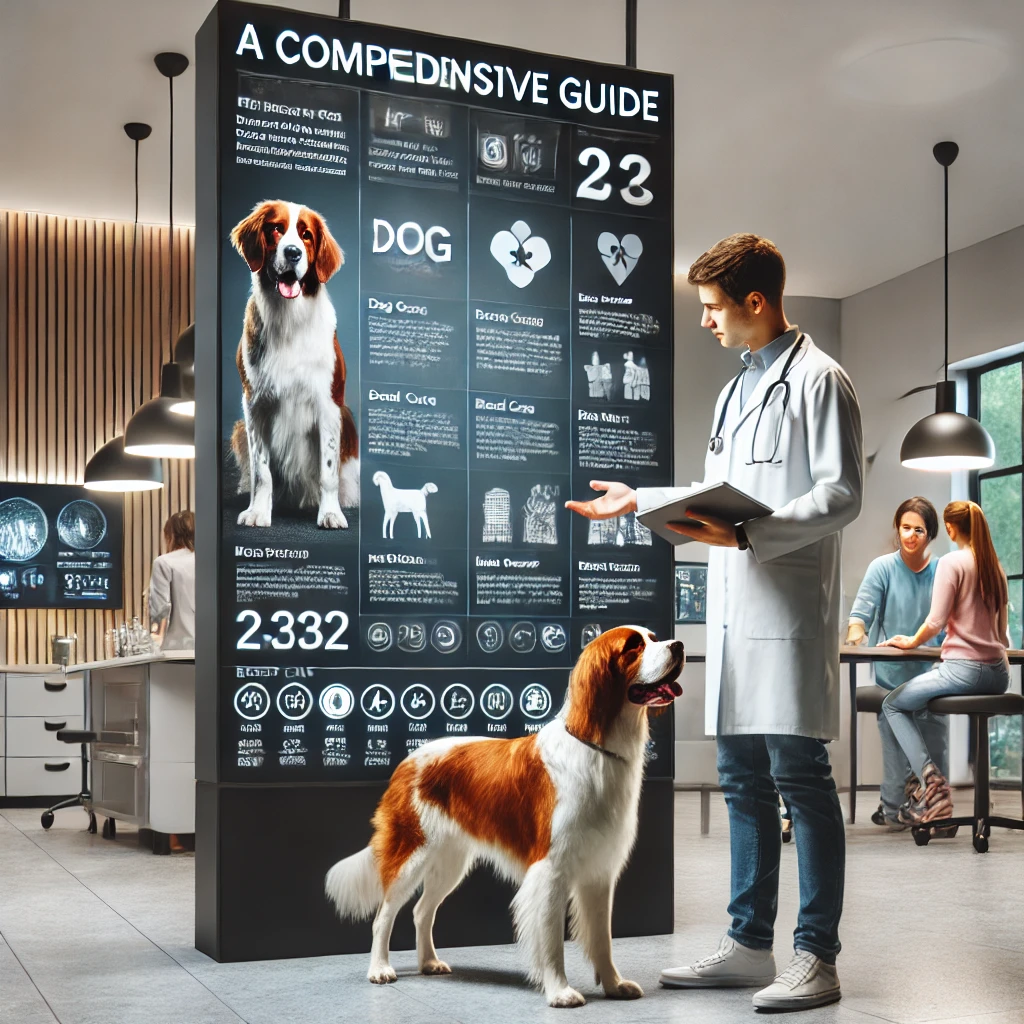
The Brittany Dog: is a versatile and energetic breed known for its intelligence, agility, and friendly nature. Originally bred as a hunting dog, the Brittany has become a beloved companion for families and active individuals. This guide covers the breed’s history, habits, temperament, grooming needs, exercise requirements, and essential supplements for males and pregnant females.
For more information regarding 4 seasonal cxcercieses of all dog breeds recommended by the doctors and experts,you can visit our youtube channel:
Brief History of the Brittany Dog
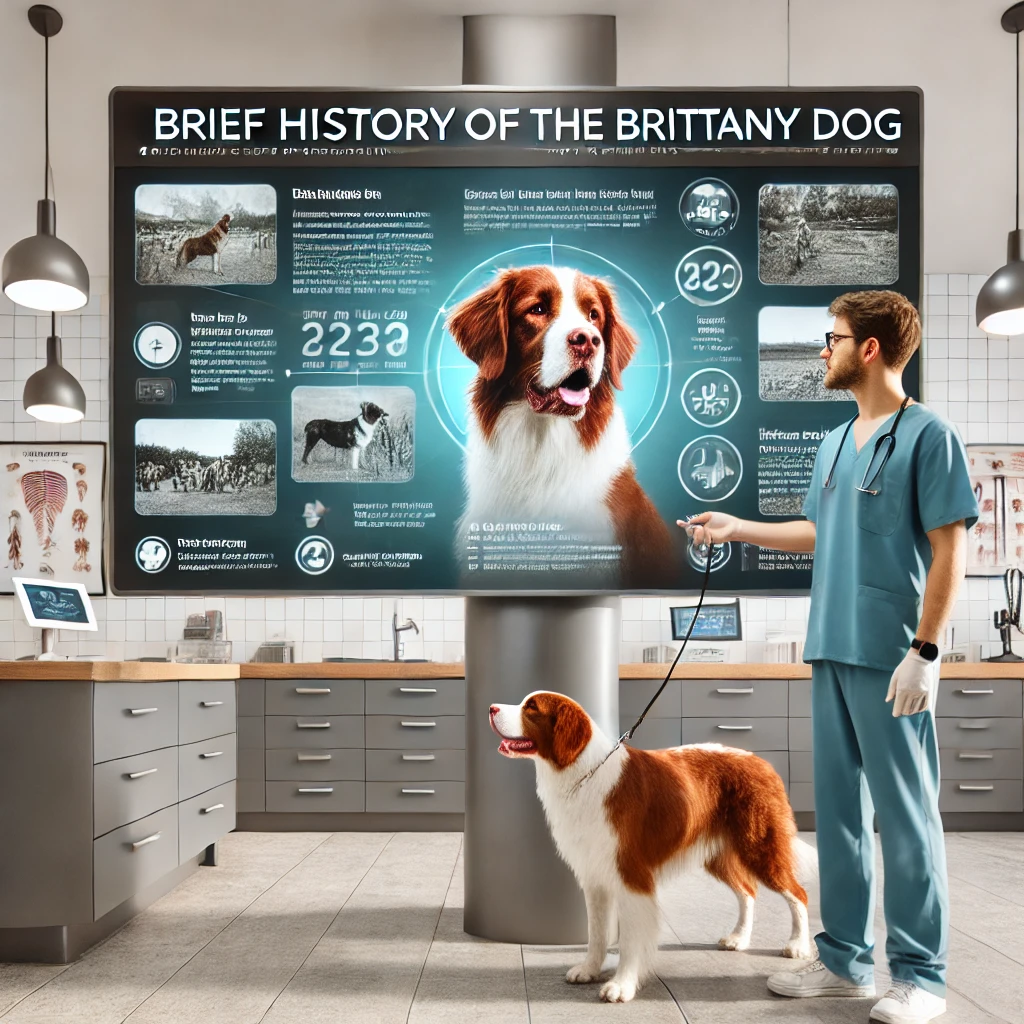
- Origin:
- The Brittany originated in the Brittany region of France in the 17th century.
- Purpose:
- Bred as a gun dog for hunting birds and small game.
- Recognition:
- Officially recognized by the American Kennel Club (AKC) in 1934.
- Popularity:
- Known for its versatility in hunting, agility, and companionship.
Brittany Dog by Countries
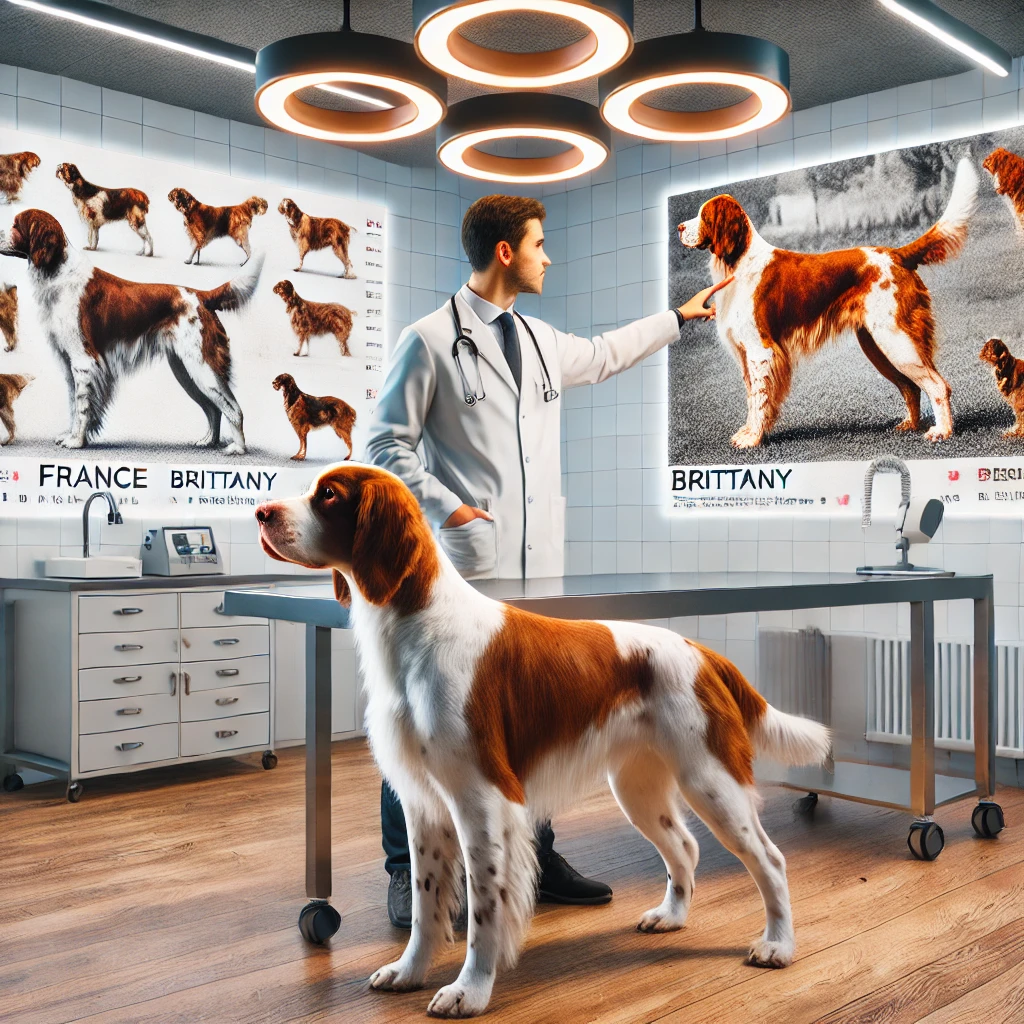
| Country | Type | Characteristics |
|---|---|---|
| France | Original Brittany (Epagneul Breton) | Smaller, compact, and highly skilled in hunting. |
| United States | American Brittany | Slightly larger, bred for both hunting and show purposes. |
| United Kingdom | Brittany Spaniel | Similar to the French type, often used for field trials and hunting. |
Brittany Dog Breed Types
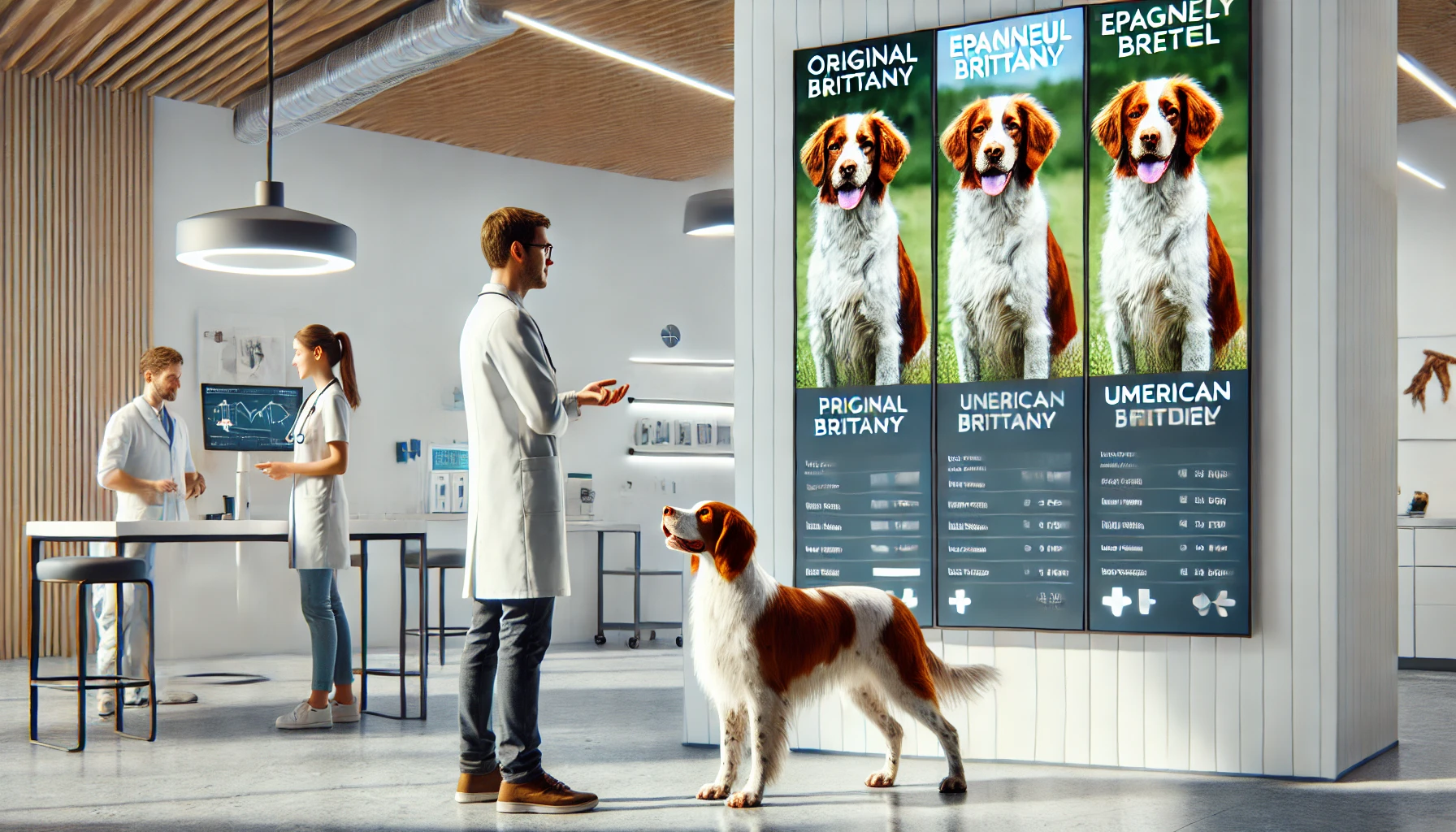
The Brittany is a versatile and energetic breed with variations based on regional breeding practices and purposes. Below is a breakdown of the main types of Brittany dogs, their characteristics, and their uses.
1. French Brittany (Epagneul Breton)
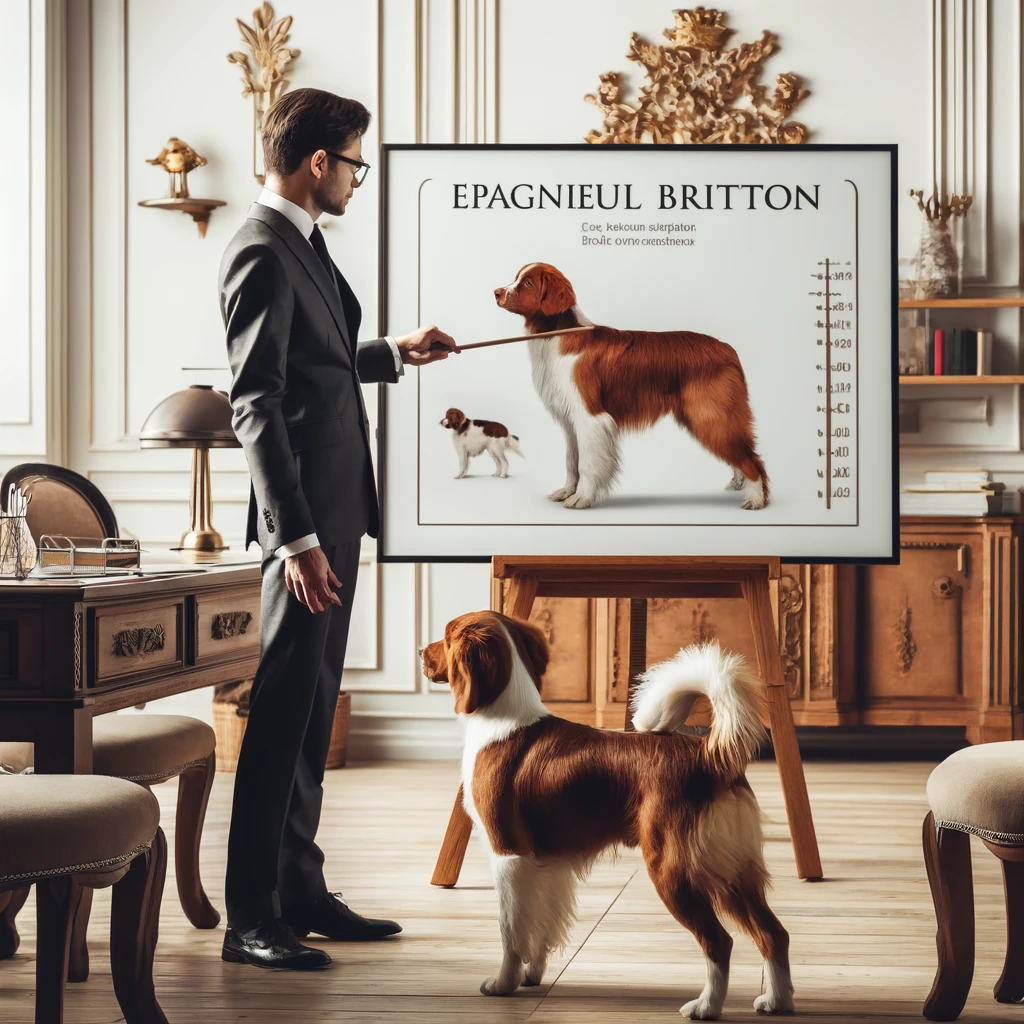
- Origin:
- Brittany region of France.
- Size:
- Smaller and more compact than the American Brittany.
- Weight:
- 30-40 pounds (13.5-18 kg).
- Height:
- 17.5-20.5 inches (44-52 cm).
- Coat:
- Medium-length, dense, and slightly wavy.
- Colors:
- Orange and white, liver and white, black and white (rare).
- Temperament:
- Highly skilled in hunting, intelligent, and energetic.
- Uses:
- Primarily bred for hunting birds and small game.
2. American Brittany
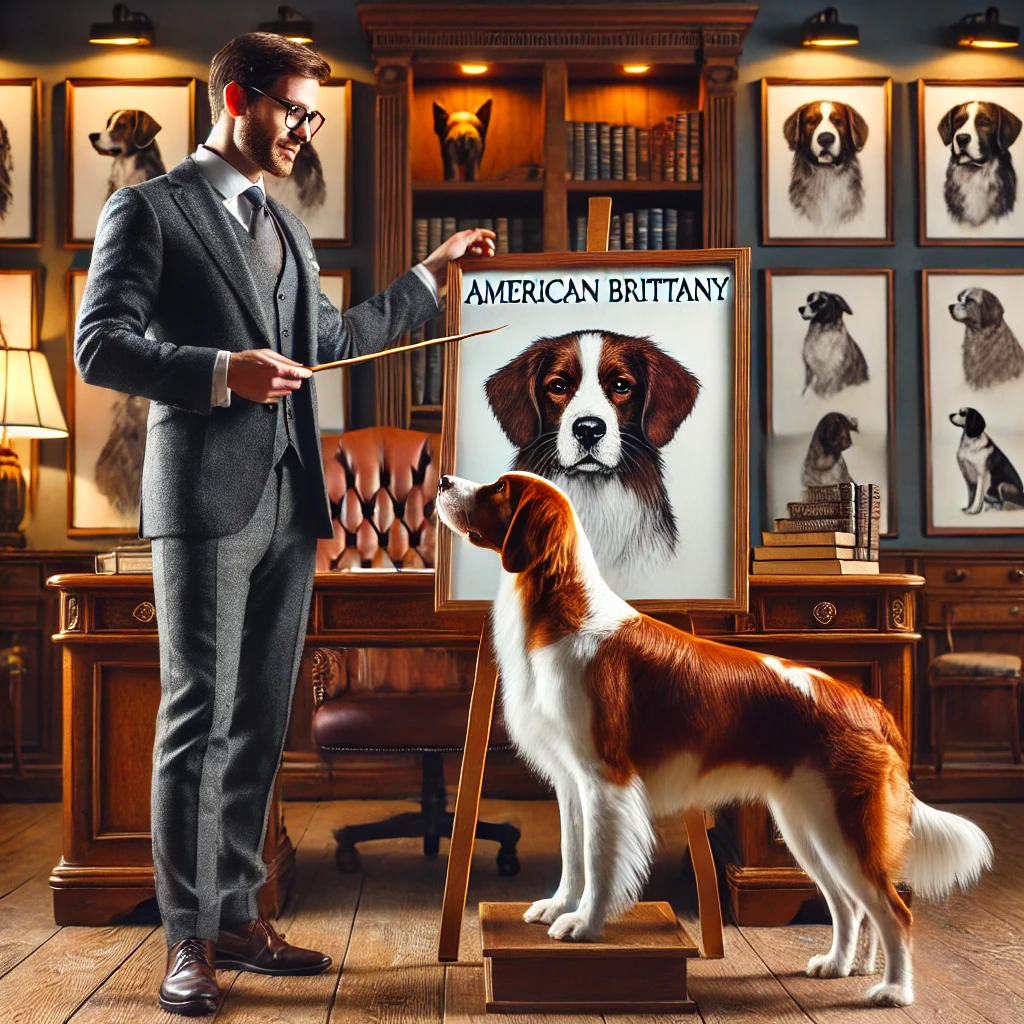
- Origin:
- United States.
- Size:
- Slightly larger and more robust than the French Brittany.
- Weight:
- 30-40 pounds (13.5-18 kg).
- Height:
- 17.5-20.5 inches (44-52 cm).
- Coat:
- Medium-length, dense, and slightly wavy.
- Colors:
- Orange and white, liver and white, roan patterns.
- Temperament:
- Friendly, intelligent, and versatile.
- Uses:
- Bred for both hunting and show purposes.
3. Brittany Spaniel (Traditional Type)
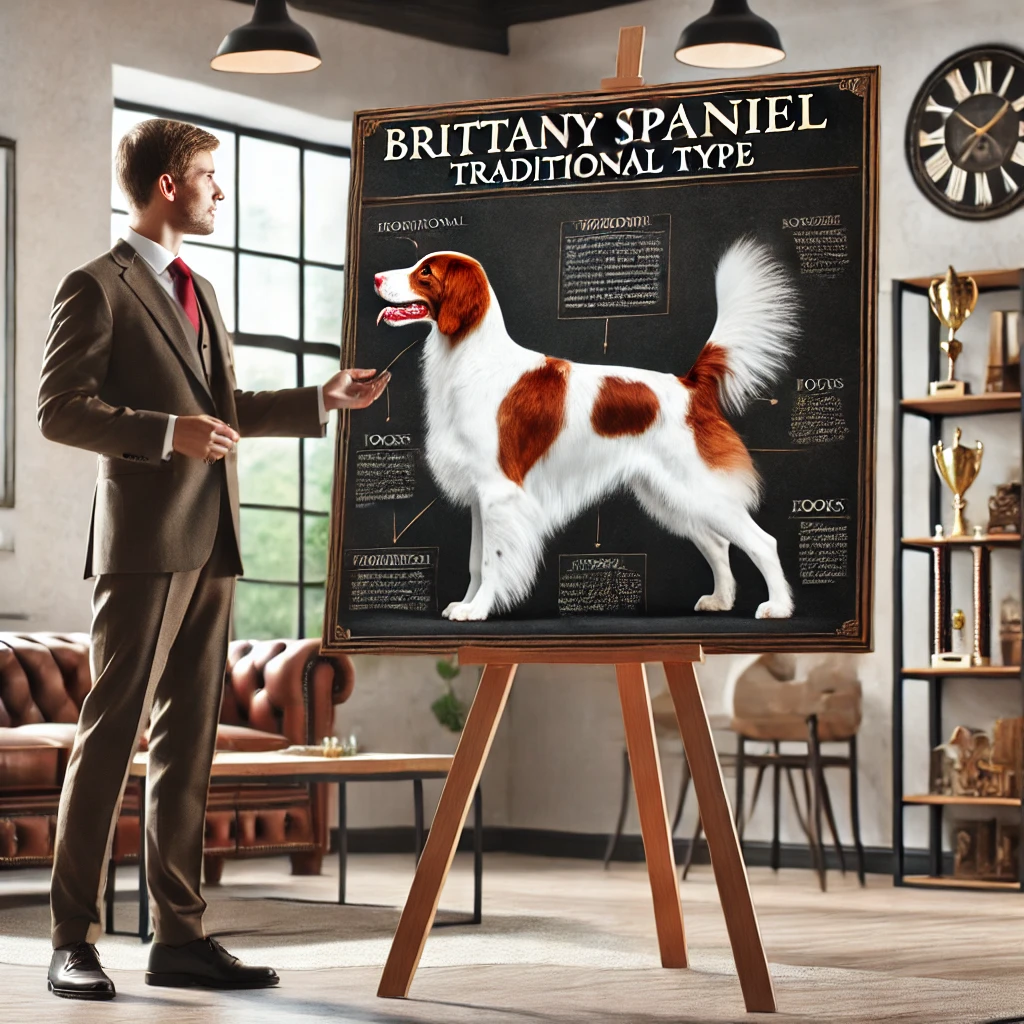
- Origin:
- United Kingdom and other European countries.
- Size:
- Similar to the French Brittany.
- Weight:
- 30-40 pounds (13.5-18 kg).
- Height:
- 17.5-20.5 inches (44-52 cm).
- Coat:
- Medium-length, dense, and slightly wavy.
- Colors:
- Orange and white, liver and white, tricolor (white, orange, and liver).
- Temperament:
- Energetic, intelligent, and excellent in field trials.
- Uses:
- Primarily used for hunting and field trials.
Key Differences Between Brittany Types
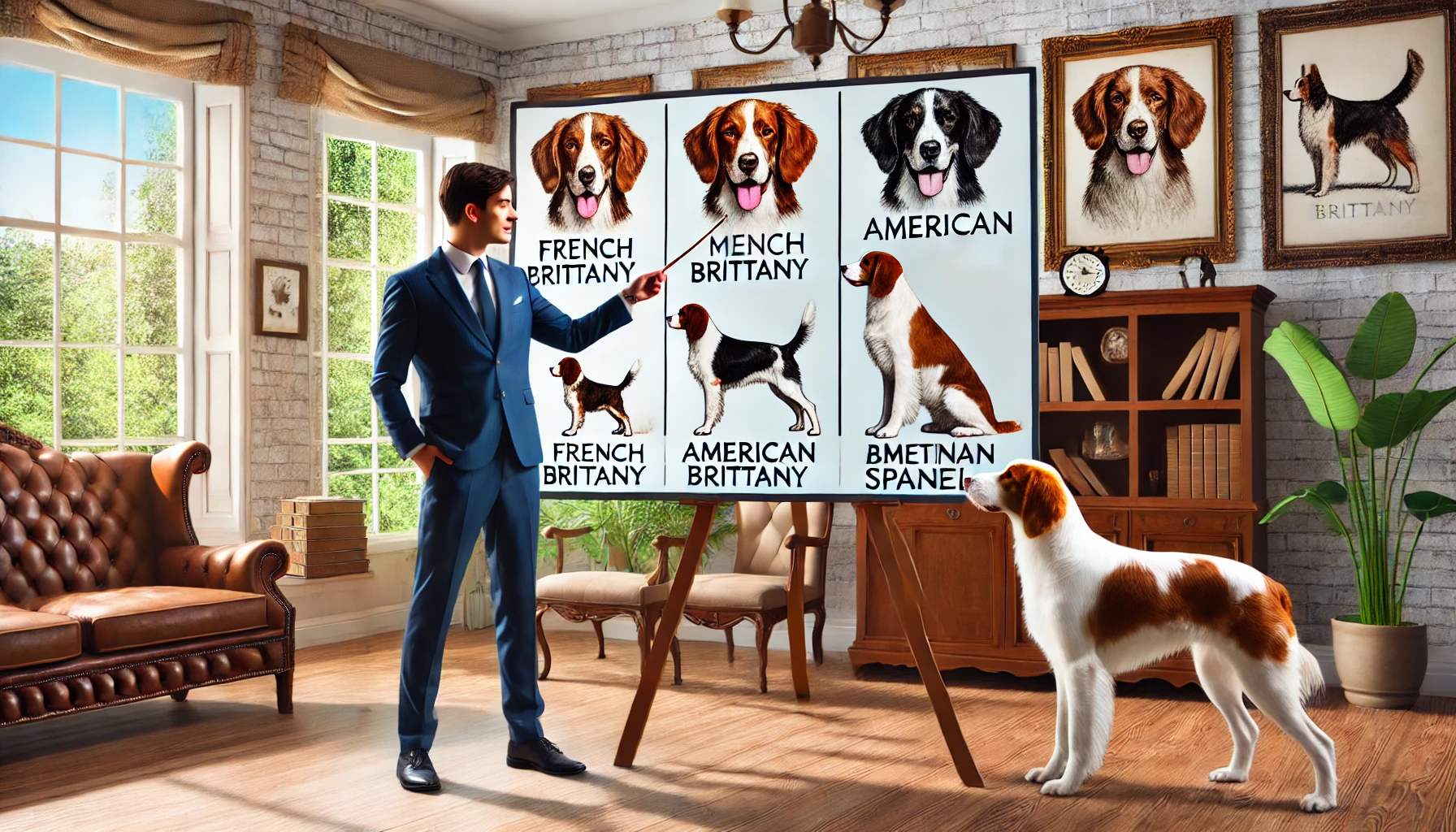
| Aspect | French Brittany | American Brittany | Brittany Spaniel |
|---|---|---|---|
| Size | Smaller and more compact. | Slightly larger and more robust. | Similar to French Brittany. |
| Coat Colors | Orange and white, liver and white, black and white (rare). | Orange and white, liver and white, roan patterns. | Orange and white, liver and white, tricolor. |
| Primary Use | Hunting birds and small game. | Hunting and show purposes. | Hunting and field trials. |
| Temperament | Highly skilled in hunting, intelligent, and energetic. | Friendly, intelligent, and versatile. | Energetic, intelligent, and excellent in field trials. |
Common Traits in Brittany

While all Brittany types share common traits like intelligence, energy, and a friendly nature, they differ slightly in size, coat colors, and primary uses. Whether you’re looking for a hunting companion, a show dog, or a family pet, the Brittany is a versatile and loving breed that adapts well to various roles.
Habits of the Brittany Dog
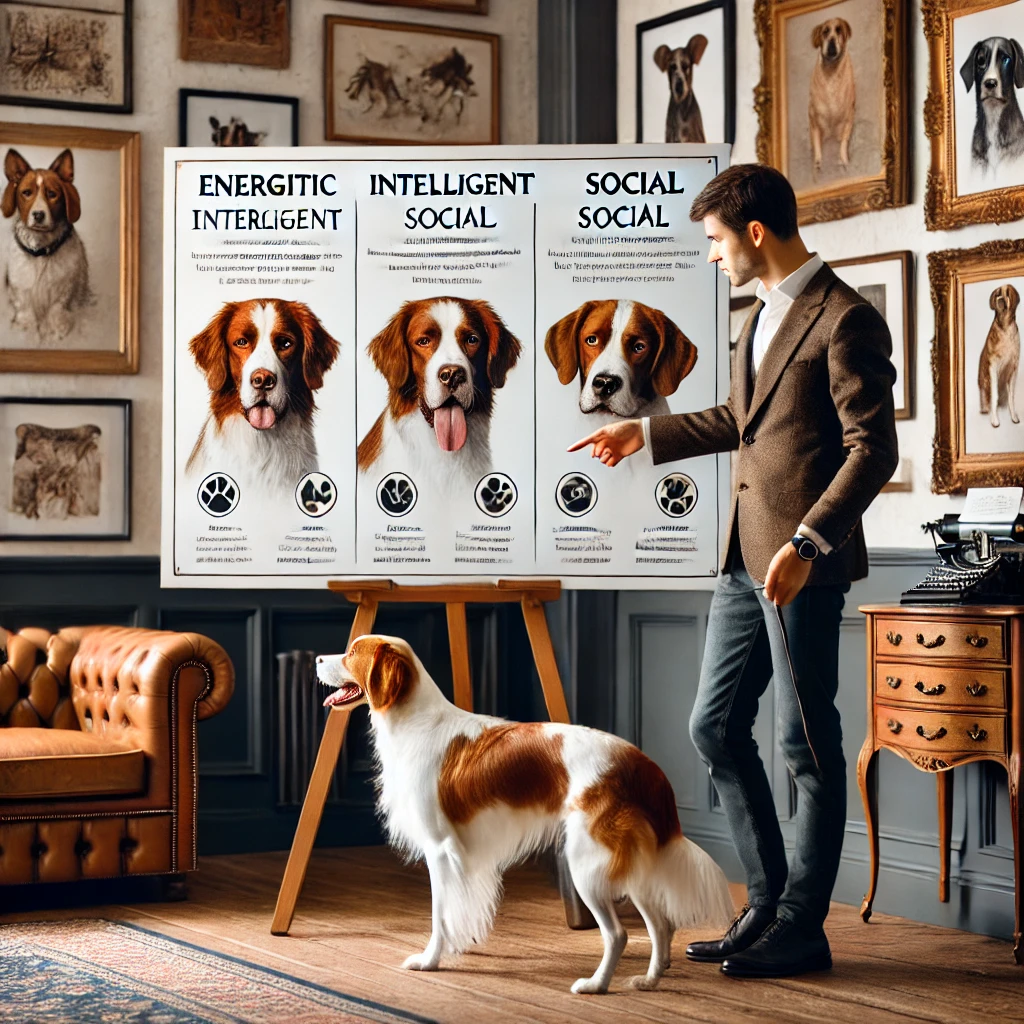
- Energetic:
- Requires plenty of exercise and mental stimulation.
- Intelligent:
- Quick learners, excel in obedience and agility training.
- Social:
- Thrives on human interaction and enjoys being part of family activities.
- Hunting Instincts:
- Strong prey drive; may chase small animals.
Human and Family Friendliness

- Human-Friendly:
- Extremely affectionate and loyal to their owners.
- Child-Friendly:
- Gentle and patient with children, making them excellent family pets.
- Other Pets:
- Generally good with other dogs but may chase smaller pets due to their hunting instincts.
Brittany Dogs Body Colors by Country

| Country | Common Colors |
|---|---|
| France |
|
| United States |
|
| United Kingdom |
|
Temperament and Personality
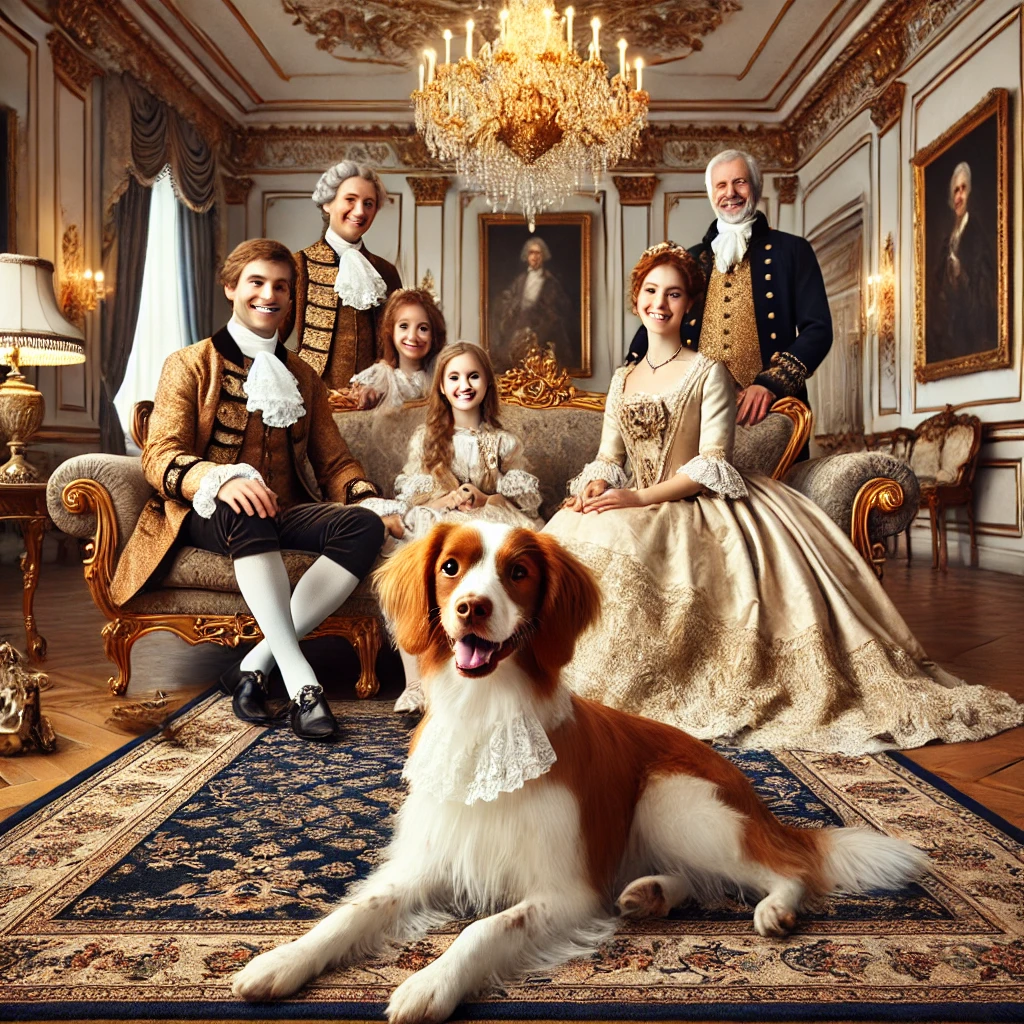
- Friendly:
- Outgoing and sociable with people and other dogs.
- Energetic:
- Requires regular exercise to stay happy and healthy.
- Intelligent:
- Easy to train and eager to please.
- Sensitive:
- Responds best to positive reinforcement and gentle training methods.
Life Span of Male and Female Brittany Dogs

| Gender | Average Life Span |
|---|---|
| Male | 12-14 years |
| Female | 12-14 years |
Note: There is no significant difference in life span between males and females.
Grooming Needs
- Coat Care:
- The Brittany has a medium-length, dense coat that requires weekly brushing to remove loose hair and prevent matting.
- Bathing:
- Bathe as needed (every 6-8 weeks) to keep the coat clean and healthy.
- Ears:
- Check and clean ears weekly to prevent infections.
- Nails:
- Trim nails every 2-3 weeks to avoid overgrowth.
- Teeth:
- Brush teeth 2-3 times a week to maintain oral health.
Exercise Requirements

- Daily Exercise:
- At least 60-90 minutes of vigorous activity, such as running, hiking, or playing fetch.
- Mental Stimulation:
- Engage in activities like agility training, puzzle toys, or obedience training.
- Hunting or Field Work:
- Ideal for Brittanys, as it fulfills their natural instincts.
Supplements for Male Brittany Dogs
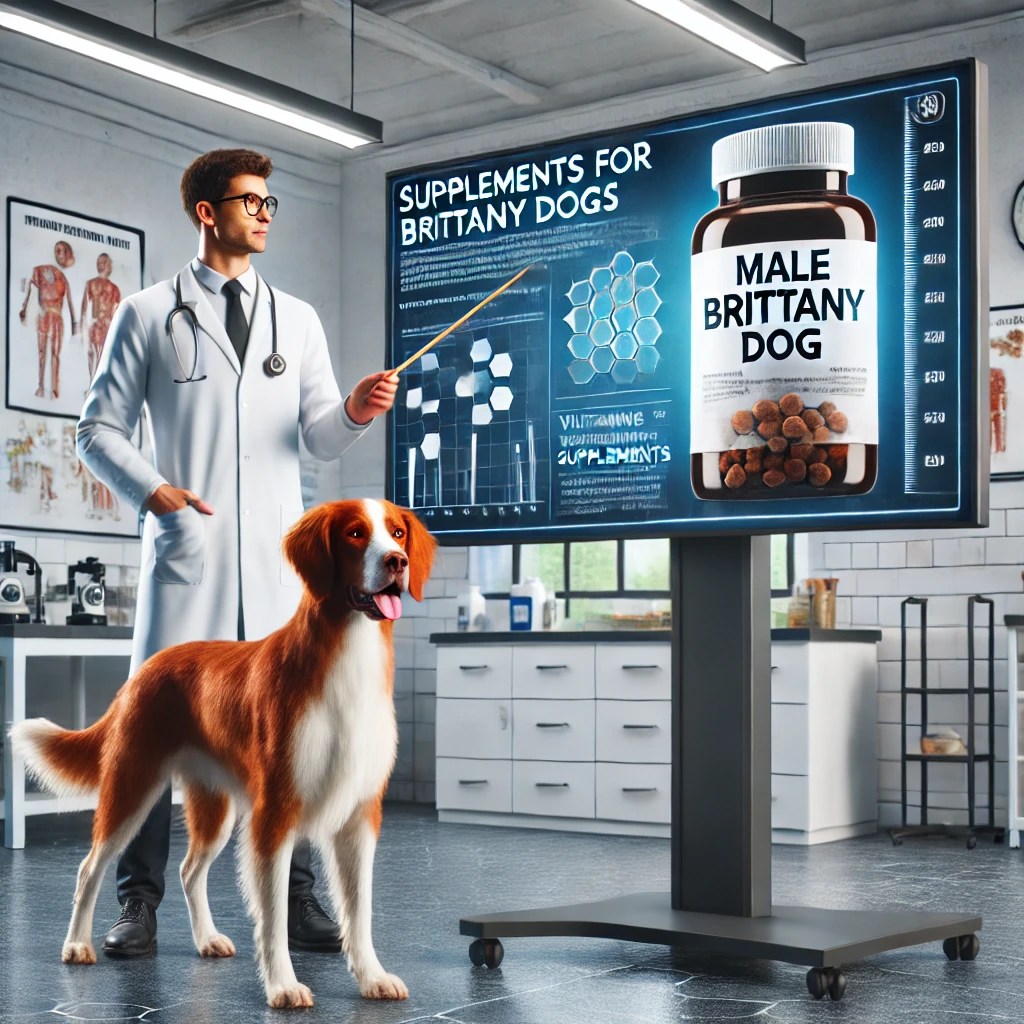
Essential Supplements for Male and Pregnant Female Brittany Dogs
Supplements for Pregnant Female Brittany Dogs

Closing Statement

The Brittany is a lively, intelligent, and affectionate breed that thrives in active households. With proper care, grooming, exercise, and nutrition, Brittanys make excellent companions for families, hunters, and outdoor enthusiasts. Whether you’re looking for a hunting partner or a loyal family pet, the Brittany is a versatile and loving choice.
(FAQs) About Brittany Dogs

Below are detailed answers to common questions about Brittany dogs, including their temperament, care, and suitability as family pets.
1. What is a Brittany dog?
The Brittany is a medium-sized hunting dog known for its intelligence, energy, and friendly nature. It originated in France and is popular for both hunting and companionship.
2. Are Brittany dogs good with children?
Yes, Brittanys are gentle, patient, and affectionate with children, making them excellent family pets.
3. How much exercise does a Brittany need?
Brittanys require 60-90 minutes of vigorous exercise daily, such as running, hiking, or playing fetch. They also need mental stimulation through training or puzzle toys.
4. Are Brittany dogs easy to train?
Yes, Brittanys are highly intelligent and eager to please, making them easy to train. They respond best to positive reinforcement and gentle methods.
5. Do Brittany dogs shed?
Yes, Brittanys have a medium-length coat that sheds moderately. Weekly brushing can help manage shedding.
6. Are Brittany dogs good with other pets?
Brittanys generally get along well with other dogs but may chase smaller pets due to their strong hunting instincts.
7. What is the life span of a Brittany dog?
The average life span of a Brittany is 12-14 years.
8. Do Brittany dogs bark a lot?
Brittanys may bark to alert their owners or when excited, but they are not excessive barkers. Proper training can help manage barking.
9. Are Brittany dogs hypoallergenic?
No, Brittanys are not hypoallergenic. They shed moderately and may not be suitable for people with severe allergies.
10. What colors do Brittany dogs come in?
Common colors include orange and white, liver and white, and roan patterns. Tricolor (white, orange, and liver) is also seen in some regions.
11. Are Brittany dogs good for first-time owners?
Yes, Brittanys are friendly and easy to train, making them suitable for first-time owners who can meet their exercise and mental stimulation needs.
12. How often should I groom my Brittany?
- Brush their coat weekly to remove loose hair and prevent matting.
- Bathe them every 6-8 weeks.
- Clean their ears and trim their nails weekly.
13. Can Brittany dogs live in apartments?
Brittanys are highly energetic and do best in homes with access to a yard or open space. Apartment living is possible but requires ample daily exercise.
14. Do Brittany dogs have health issues?
Brittanys are generally healthy but may be prone to:
- Hip dysplasia.
- Epilepsy.
- Ear infections (due to their floppy ears).
15. Are Brittany dogs good hunting dogs?
Yes, Brittanys are excellent hunting dogs, known for their agility, intelligence, and strong prey drive.
16. How much does a Brittany dog cost?
The cost of a Brittany puppy ranges from between $800 and $2,500, depending on the breeder and lineage.
17. Do Brittany dogs need supplements?
Supplements like omega-3 fatty acids, glucosamine, and probiotics can support their overall health. Pregnant females may need prenatal vitamins and calcium.
18. Are Brittany dogs good for seniors?
Brittanys are highly energetic and may be too active for seniors unless the owner can provide sufficient exercise and mental stimulation.
19. Can Brittany dogs be left alone?
Brittanys are social dogs and may develop separation anxiety if left alone for long periods. They thrive in homes where they receive plenty of attention.
20. What is the difference between a Brittany and a Brittany Spaniel?
The terms are often used interchangeably, but “Brittany Spaniel” is an older name. Modern Brittanys are simply called “Brittanys” and are bred for both hunting and companionship.
-
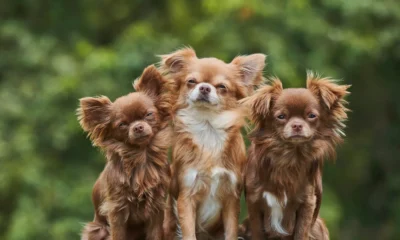
 SMALL DOG BREEDS4 months ago
SMALL DOG BREEDS4 months agoMerle Chihuahua: A Comprehensive Guide
-
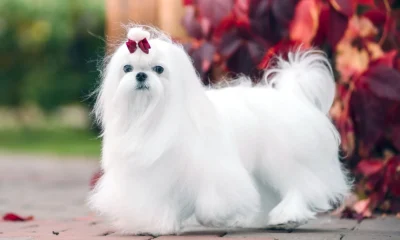
 SMALL DOG BREEDS4 months ago
SMALL DOG BREEDS4 months agoMaltese: A Beloved Companion
-
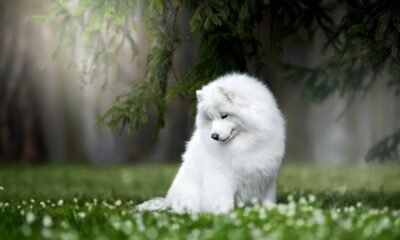
 Large Breeds4 months ago
Large Breeds4 months agoSamoyeds Hypoallergenic: Closer Look at the Breed
-
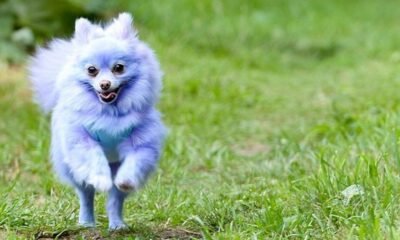
 SMALL DOG BREEDS4 months ago
SMALL DOG BREEDS4 months agoMerle Pomeranian: A Adorable Companion
-

 Large Breeds4 months ago
Large Breeds4 months agoStandard Poodle Weight: Country Wise
-
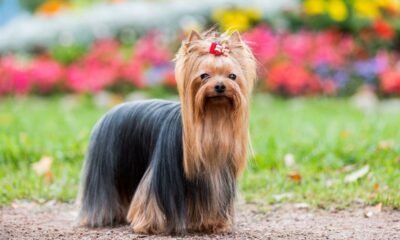
 SMALL DOG BREEDS4 months ago
SMALL DOG BREEDS4 months agoYorkshire Terrier: a Big Personality
-

 MEDIUM BREEDS4 months ago
MEDIUM BREEDS4 months agoAmerican Water Spaniel Colors Chocolate In Crcols:
-

 Terrier Breeds3 months ago
Terrier Breeds3 months agoDog Breeds: by Country & Category














